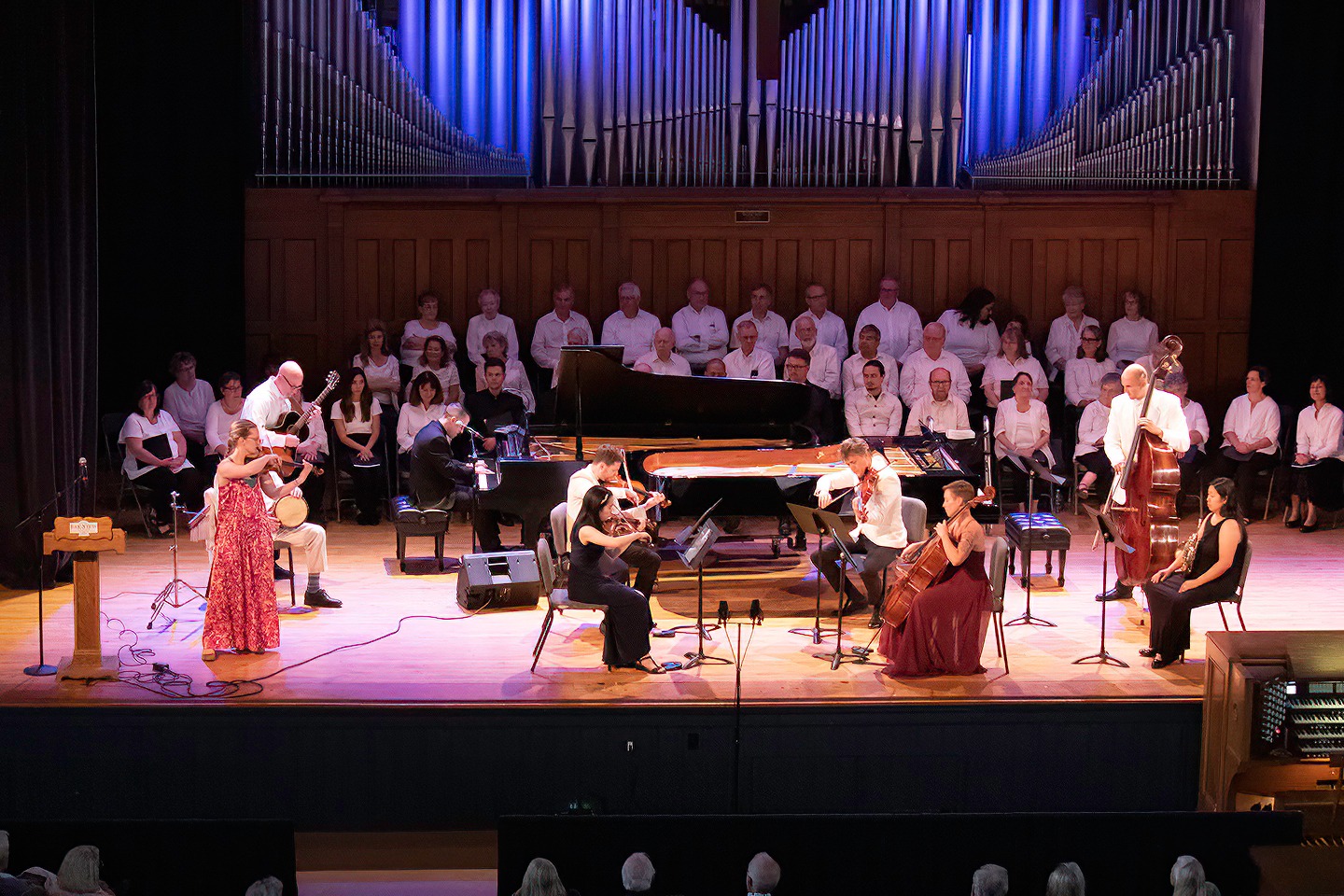There is a meandering trail of lakeshore, thousands of miles long, that extends northward from the western coast of Michigan’s lower peninsula, across the Mackinac Bridge, and around the Upper Peninsula’s eastern tip to its northern coast. This imaginary line traces Michigan’s most iconic geographic features and touches all three Great Lakes that border the state — it also symbolizes a geographic connection between three Michigan musicians.
From Coloma (pop. 1,483), where clarinetist Andrea Cheeseman relocated two years ago, up to Petoskey (pop. 5,877), where composer Tony Manfredonia has lived since 2016, to Houghton (pop. 8,386), where composer Libby Meyer has built a career over decades, we can nearly travel from Michigan’s northernmost point to its southern border by following these musicians’ work. All three draw on and find inspiration in the rural places where they live as they participate in the broader field of American contemporary classical music.

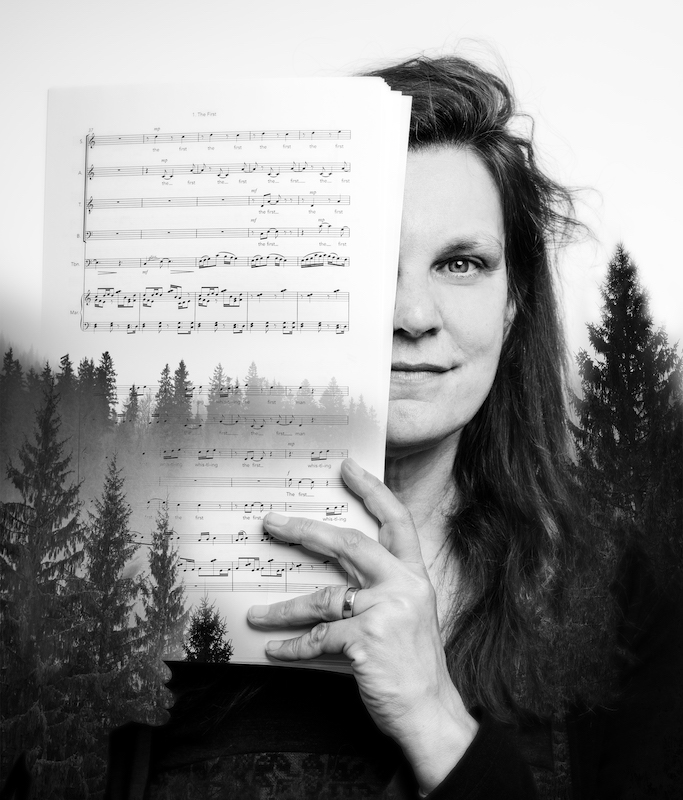
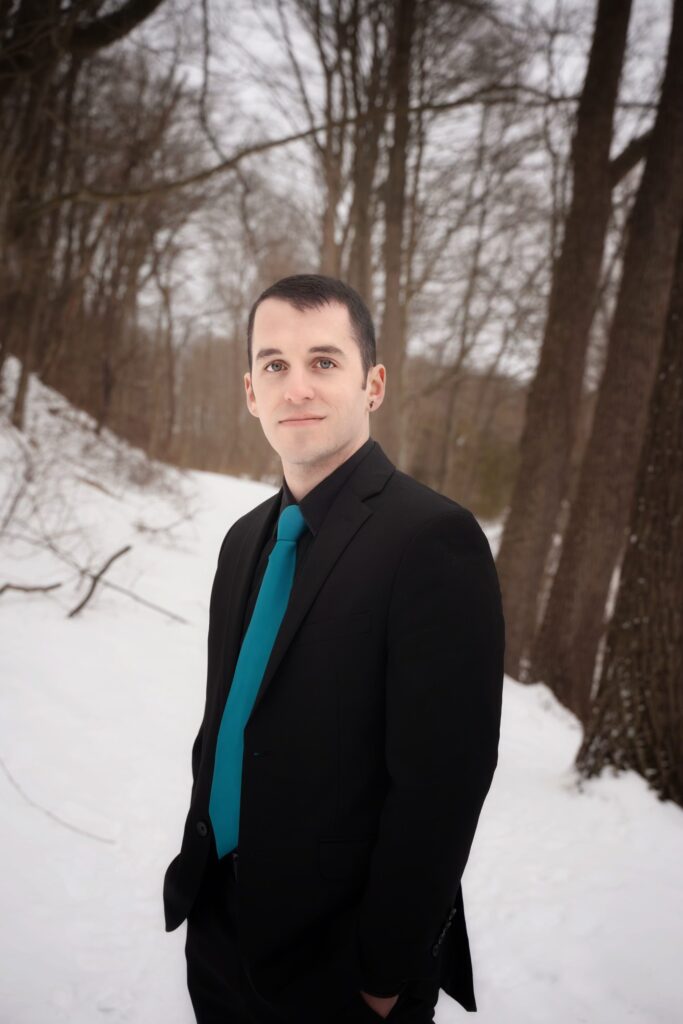
“I didn’t move here for a job,” explains Libby Meyer about her decision to move to Houghton after a couple visits at the end of graduate school, “I moved here to be physically in this place, because something about it is really close to me.” Meyer grew up in Birmingham, Michigan, but did not visit the Upper Peninsula until she finished her doctoral studies at Northwestern University in Chicago, Illinois. “I came up here for the first time in ‘95 or ‘96 to visit a friend,” Meyer recalls, “and then in ‘99 I was the artist-in-residence at Isle Royale. I did that residency and got off the boat after three weeks on Isle Royale and thought to myself, ‘OK, I gotta move here’.”
Similarly to Meyer, Tony Manfredonia, who grew up in Philadelphia, Pennsylvania, first traveled to Petoskey as an adult, during college. “I was struck by how everything looks, being right on the lake,” he remembers, “ it was a big shock to me, but in a good way. I thought, ‘Wow! This is everything I never knew I wanted until I saw it’.” Manfredonia moved to Petoskey full time in 2016, after marrying his wife who grew up there. In the intervening years, he has noticed even deeper connections to the local community. “I love the community,” he observes, “I resonate, my personality resonates with the people here.”

Of these three, Andre Cheeseman is the only one to return home to rural Michigan. She grew up in South Haven, a popular beach destination not far from Coloma, and moved back after a couple decades of teaching clarinet at universities in Mississippi, North Carolina, and South Carolina. Cheeseman explains that her early artistic development was inspired by the paintings her mother, Lynne, created in her career as a visual artist, many of which drew on the area’s natural features. “She does abstract watercolors, and much of them are based on the lake,” Cheeseman elaborates, “growing up with her brightly colored paintings certainly influences my love for new, contemporary music.”
LIBBY MEYER, COMPOSER“I moved here to be physically in this place, because something about it is really close to me.”
Reflecting Place in Music-Making
Her musical practice continues accordingly in an experimental vein as she regularly performs works for solo clarinet and electronics. Once she felt settled in Coloma after moving there in 2022, Cheeseman scheduled her first performance in the area at South Haven’s Methodist church, the church she attended as a child. “It just was fun to see this diverse audience of people who mattered throughout my life,” Cheeseman describes the attendees who warmly received this homecoming recital, which drew from her 2019 album, Somewhere.
Reconnecting with the place and community that supported her nascent artistic perspective has given Cheeseman an exciting sense of renaissance and exploration. “I’m still searching out opportunities,” she explains, “I’ve gradually added some art galleries to my list, and some festivals for me to pursue.” Her recent performances in South Haven and at Oakland and Western Michigan Universities signal both local and regional opportunities to share her unique creative practice.
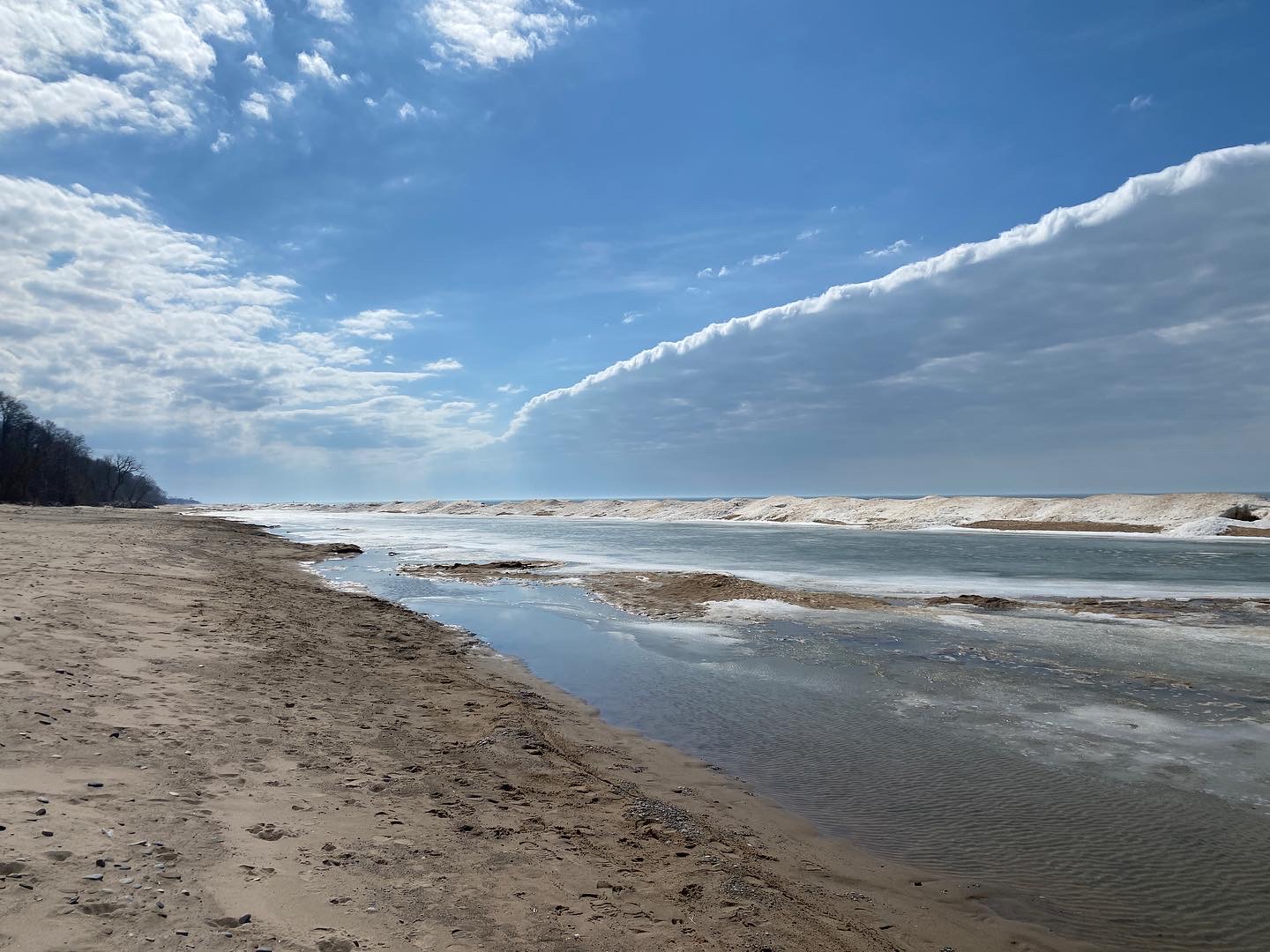
It took Manfredonia two years after he moved to Petoskey to have his first local collaboration — in 2018, he received a commission from Northern Symphonic Winds, a wind ensemble based in Charlevoix, Michigan. “That piece is called Threshold of Spring,” Manfredonia recalls, continuing, “I wanted to write about what it feels like to go from the dead of winter to when things begin to bloom.”
He has since collaborated with many other local ensembles and creative workers, culminating in the June 2023 premiere of Petoskey, a genre-bending, choral-orchestral ballad that pays tribute to the community he calls home, at the Bay View Music Festival. “I got together with anybody I could think of, this was ultra collaboration,” says Manfredonia of the rich partnerships that made Petoskey possible, “it was everything I’ve dreamed about.” The accompanying music video showcases Manfredonia’s collaborators as well as Petoskey landmarks.
Meyer has lived in Houghton for over two decades and that place is just as important to her artistic development as the passage of time. “I don’t know if [Houghton] has changed my creative practice,” she observes, “but my creative practice has evolved, just with age.” In addition to working on projects that used unique locations in the local area and connecting with other artists in Houghton, the interdisciplinary character of Meyer’s department at Michigan Tech University has led her to pursue impressive and innovative collaborations. “We got one of the NEA [“Imagine Your Parks”] grants in 2017,” she explains. “Sound designer Christopher Plummer, scenic designer Kent Cyr, and I developed an installation based on the five parks along Lake Superior, and I wrote an accompanying piece for the orchestra here [at Michigan Tech].”
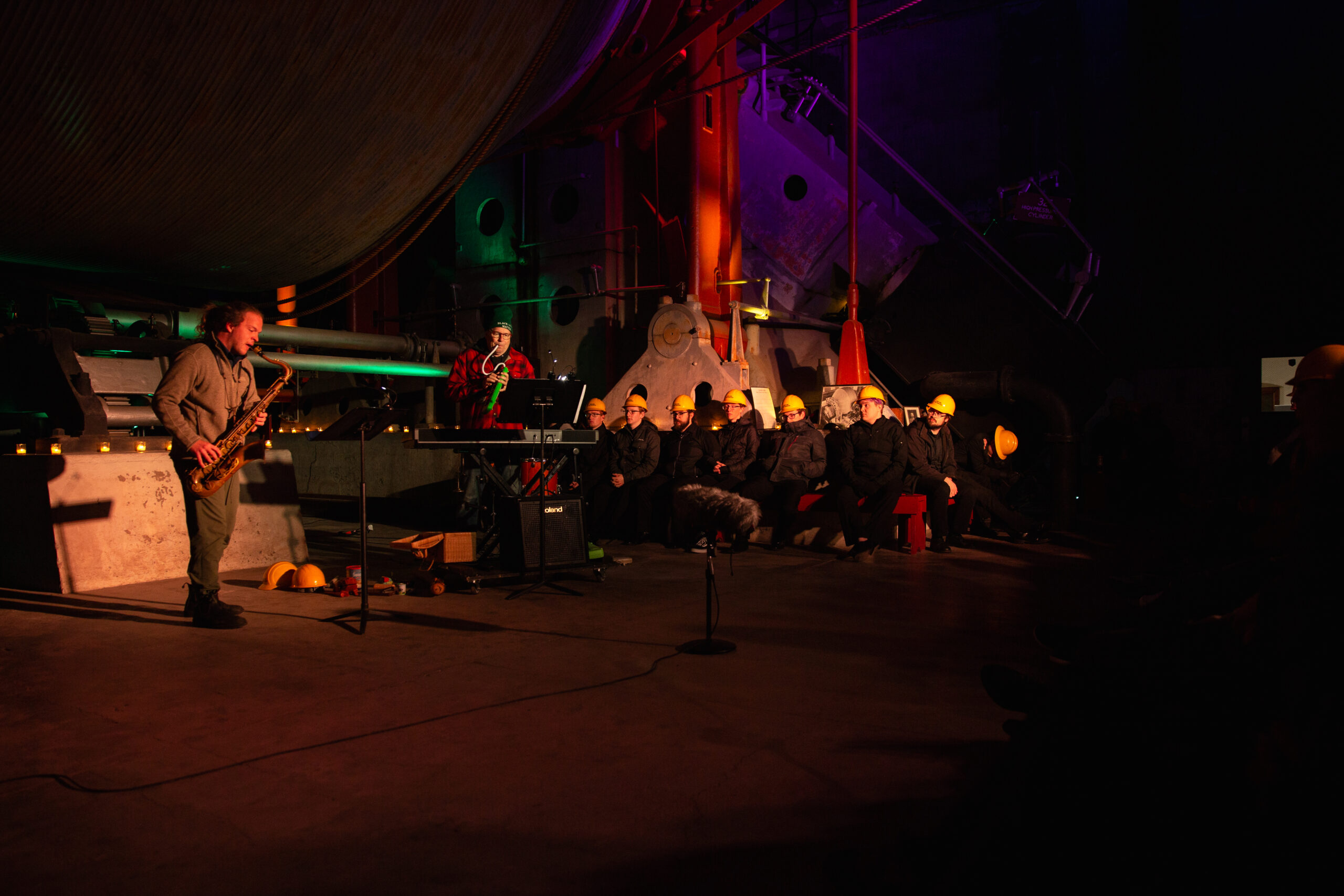
Meyer’s university affiliation certainly separates her experience from Manfredonia and Cheeseman’s but all three share a commitment to place, regardless of its remoteness or rurality. Each stands at different points on the same artistic path that requires them to hew their practice to their local community’s resources, and they feel richer for it.
